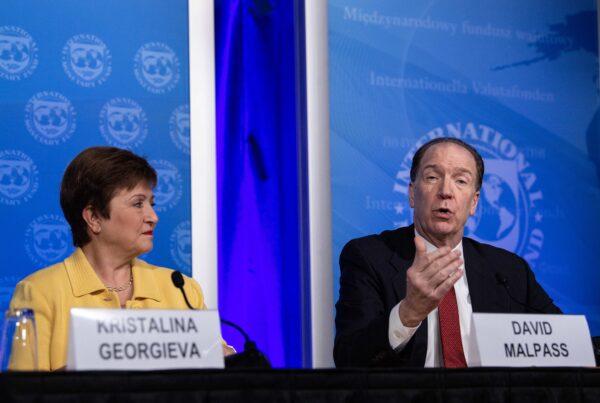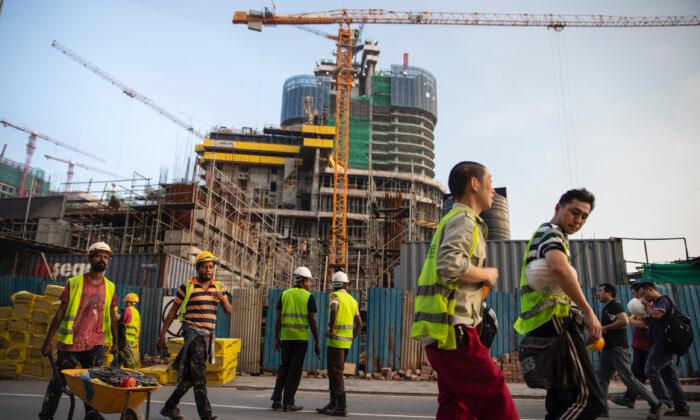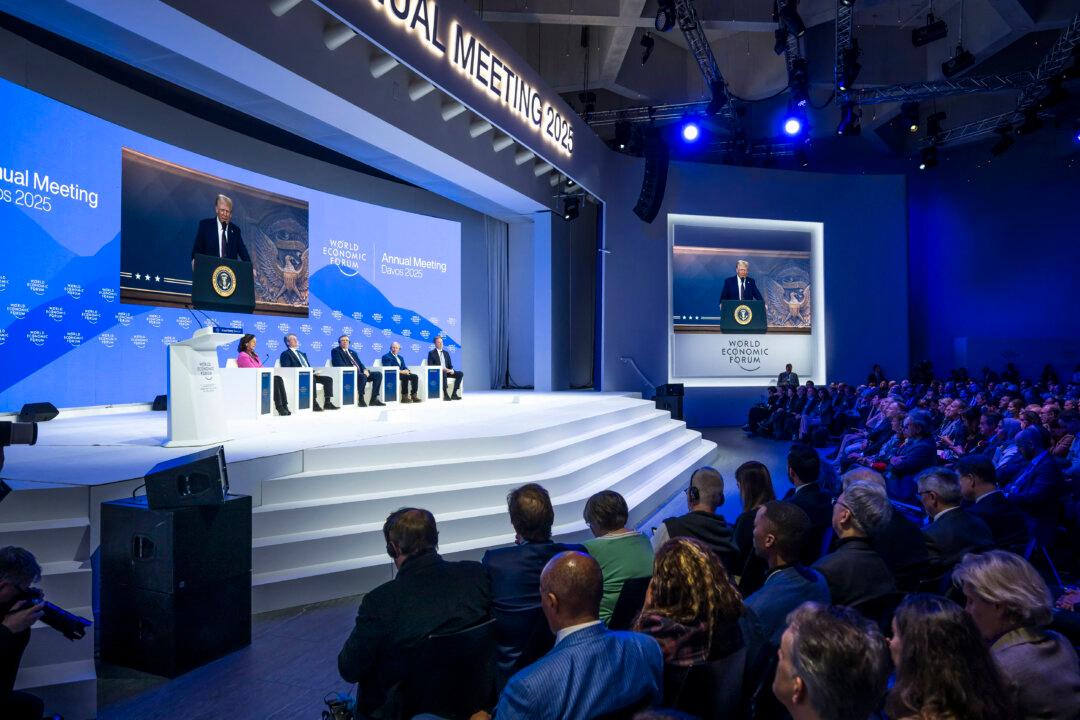WASHINGTON—The world has averted a systemic debt crisis amid the pandemic. However, the poorest developing countries continue to face significant debt problems, raising global worries over multiplying debt traps by creditors like China.
Addressing the rising risk of a systemic debt crisis in developing countries is one of the key themes at this week’s virtual spring meeting of the International Monetary Fund (IMF) and the World Bank.
Economists believe tackling debt vulnerabilities in poor nations is critical for preventing divergent recoveries around the world. Hence, IMF and World Bank officials are calling for extending debt relief for the most vulnerable countries, to help them address challenges caused by the pandemic.
“The poorer countries don’t have a way out of these very heavy debt burdens,” World Bank President David Malpass said during a press conference on April 7.
He said these countries face inequality in terms of access to credit markets and have growing fiscal deficits that are becoming problematic.
In addition, Malpass referred to China’s controversial lending practices without naming it, saying that opaque debt contracts and unbalanced relationships between creditors and debtors complicate debt relief efforts.
Speaking at a seminar titled “Averting a COVID-19 Debt Trap,” IMF Managing Director Kristalina Georgieva said that many countries entered the pandemic with elevated debt levels. During the pandemic, the collapse of economic activities then caused public debt to reach 100 percent of the global economy.
According to Georgieva, “56 percent of low-income countries are either at a high risk of debt distress or already in debt distress.”
Many of these highly indebted countries “fall in a debt trap,” she said because “they cannot generate enough growth to bring down debt levels and these debt levels hold them back.”
And if the interest rates go higher globally, the situation for these countries in terms of debt burden “is going to be incredibly difficult,” she added.
Since the start of the pandemic, both the World Bank and the IMF have been urging the world’s 20 wealthiest economies (G-20), including China, to provide temporary suspension of debt service payments to the world’s poorest countries to avert a debt crisis.
There have been calls for private-sector creditors to participate in these debt-relief efforts as well.

Beijing’s Secretive Lending Program
A new study led by AidData, a U.S. research lab at the College of William and Mary, showed that China’s loan contracts with emerging countries “have unusual secrecy provisions, collateral requirements, and debt renegotiation restrictions.”Researchers analyzed the legal terms of 100 Chinese loan contracts to 24 developing countries, many of which have participated in the Belt and Road Initiative (BRI).
AidData conducted an in-depth review over a 36-month period and found that China’s loan contracts contained unusual confidentiality clauses that prevented borrowing nations from disclosing the terms or sometimes even the existence of the loans.
Researchers also found that contracts contained provisions that placed Chinese state-owned banks as senior creditors whose loans should be repaid on a priority basis. Informal collateral arrangements put Chinese creditors at the top of the repayment line.
In addition, Chinese lenders were given the freedom to cancel loans or accelerate repayment if they disagree with a borrower’s policies.
According to Malpass, these unusual lending practices make it very hard to restructure debt in emerging countries.
In recent years, China has lured many countries into a debt trap through the BRI, which is one of the world’s most ambitious and controversial development programs. Since its launch in 2013, the BRI has poured billions of dollars into infrastructure projects across Africa, Latin America, Eastern Europe, and Asia.
Washington has repeatedly criticized Beijing for exploiting the pandemic to further expand its geopolitical influence through predatory lending practices. Most BRI projects are financed through Chinese state-controlled lenders with a lack of transparency, leaving borrowing nations distressed by massive debt burdens. Beijing has also come under fire for implementing “debt-trap diplomacy” to seize control of strategic assets in emerging countries.
Economists believe debt vulnerabilities in poor countries will be a drag on the global recovery.
According to the IMF’s latest projections, global growth will be 6 percent this year and 4.4 percent in 2022. The growth is stronger than in the January economic outlook report due to the additional fiscal support in a few developed countries and vaccine rollouts that bolster the economic recovery.
The IMF, however, warned that emerging economies would lag behind developed nations, which could worsen the growing gap between rich and poor countries. Uneven access to vaccines would also be a drag on the recovery of poor nations, which underlines the urgency of providing debt relief to these countries, according to the IMF.





